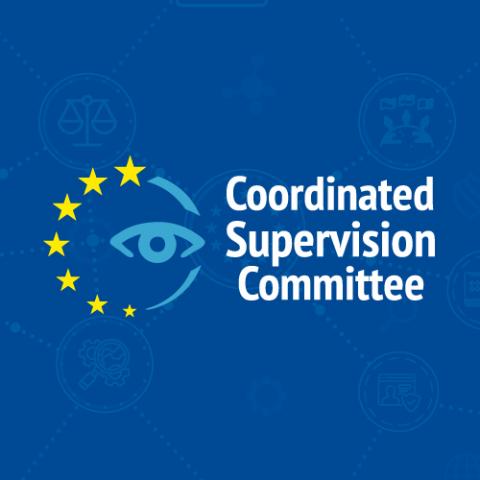
Brussels, 10 October - On the occasion of the upcoming entry into operation of the EU Entry Exit System (EES) on 12 October 2025, the Coordinated Supervision Committee (CSC) will include the EES system under its scope. This system registers non-Schengen nationals travelling with a short stay visa or travellers who are visa exempt. The EES is a large scale IT systems developed by the EU to prevent irregular migration and enhance security in the Schengen area.
How it works
The EES gradually replaces passport stamping at the external borders of the Schengen area, with the aim of making the border process more efficient. The system records which travellers from third countries, with or without a visa, enter and exit the Schengen area.
The implementation of the EES will happen gradually. European countries will have the option to progressively start using this system over a period of six months, starting with the registration of third country nationals at 10% of border crossings. By the end of the six months period, European countries should reach full registration of all individuals.
Processing of individuals’ personal data by the EES
The EES records personal data from travel documents such as name, date of birth, and place of birth. It also registers the dates of entry and exit of travellers, as well as biometric data such as a facial images and fingerprints. Given the sensitivity of the personal data processed by this system, it is crucial to ensure individuals can effectively exercise their rights and the processing of personal data is supervised.
Ensuring data subject rights
The protection of personal data is a fundamental right, which also applies to EES data processing.
The EES regulation ensures that travellers must be properly informed about their rights regarding the processing of their personal data in the EES, and how to exercise these rights. Authorities processing personal data in the EES, such as border guards, migration services, and under certain conditions, law enforcement authorities must ensure that individuals can easily request access to their data, as well as rectification, completion, erasure and restriction.
Supervision of the data processing in the EES
With the upcoming entry into operation of the EES, the CSC will also focus its supervision, at both European and at national level, on the processing of personal data in the EES.
More information on the CSC supervision of the EES will be published on the CSC members’ websites.
Background
The CSC consists of European national Data Protection Authorities and the EDPS, which together ensure coordinated supervision of large scale IT systems, and of EU bodies, offices and agencies falling under its scope. These also include the Schengen information system (SIS), the Visa information system (VIS), Eurodac, and two new systems entering into operation at a later date: the European Travel Information and Authorisation System (ETIAS) and the European Criminal Records Information System on non EU-nationals (ECRIS-TCN).
The CSC enjoys an autonomous functioning and positioning and it adopts its own rules of procedure and working methods. The Committee was established within the framework of the EDPB.